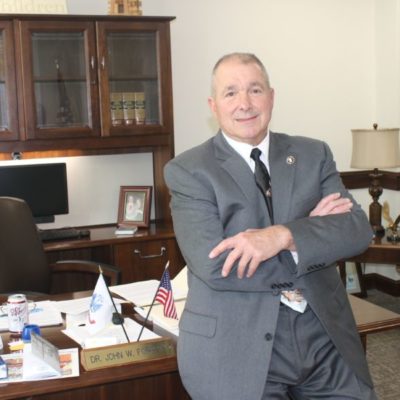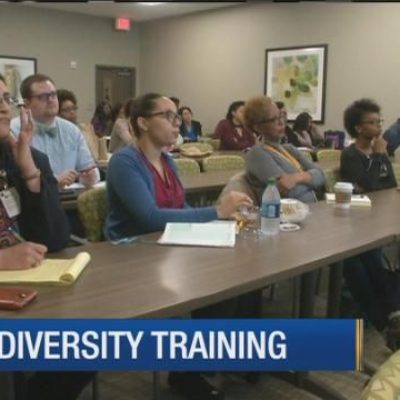Tennessee teachers lag in diversity as more minority students enter schools
While Tennessee’s population of students continues to grow more racially diverse, the state’s workforce of teachers is nowhere close to reflecting the same degree of diversity.
A report released by the Tennessee Department of Education quantifies the gap: while 37 percent of the state’s students are students of color, 13 percent of teachers are teachers of color.
In some districts, teachers of color have very little representation, if any at all. In the last school year, teachers in half of the state’s 147 districts swayed at least 95 percent white, the report stated.
While 40 districts contained no African-American teachers, 50 districts had no Hispanic teachers.
Problem not exclusive to Tennessee
The absence of diversity among educators isn’t a problem exclusive to Tennessee, according to the report, which cited national figures. Students of color represent 51 percent of students in the United States at the same time that teachers of color account for 18 percent of the population.
A lack of diversity is an issue for students, regardless of their race or ethnicity, the report emphasized.
For kids of color, several studies have shown that having a teacher of the same race can result in higher academic achievement for students, better attendance, and a drop in suspensions and expulsions, the report noted.
Those students’ risk of dropping out of high school is also reduced while they experience “more favorable teacher perceptions,” the report stated.
Additionally, for students of low-income households, having at least one African-American teacher in grades 3-5 boosts students’ self-reported intention to go onto higher education for a bachelor’s degree.
White students also benefit from learning from a diversity of teachers, as studies suggest that better preps students to live “in a multicultural society,” the report stated.
A persistent gap
Over the last seven school years, the overall percentage of teachers and administrators of color in Tennessee has remained mostly level while the state’s makeup of students has become more diverse.
During the 2011-12 school year, 30 percent of students in public schools were students of color. As of the last academic year, it had increased 7 percent. Within that segment, the percentage of African American students fell slightly while the percentage of Hispanic students jumped notably, as detailed by the report.
Hispanic students increased from 68,051 in 2011-12, when they accounted for 6 percent of the student population, to 98,690 in 2017-18, representing 10 percent of students, the reported stated.
“The changes in student racial and ethnic diversity without a substantial change in teacher or administrator diversity mean that fewer students of color are learning from teachers of color,” the report stated.
Most districts in the state have less than 10 percent teachers of color, according to the report, which also said that many of those districts contain between 20 percent and 50 percent students of color.
That means that those districts have a lot of students of color who don’t have much exposure to teachers of color.
Only seven of Tennessee’s districts have an educator workforce in which teachers of color account for more than 20 percent, according to the report, which noted that most teachers of color are concentrated in districts with significant numbers of students of color.
When it comes to new teachers, the percentage of those who are Hispanic, Native American, Pacific Islander, and multi-racial has increased, but the percentage of new African-American teachers has not jumped, the report noted.
Educators who have more than 30 years of experience include 14 percent African American, but African American teachers account for 11 percent of teachers with five years of experience or less, the report stated.
That means that fewer African American teachers have entered and stayed in the classroom in the past five years than in previous years.
Should that continue, the report warned, “it would lead to a net loss in the African American portion of the workforce.”



